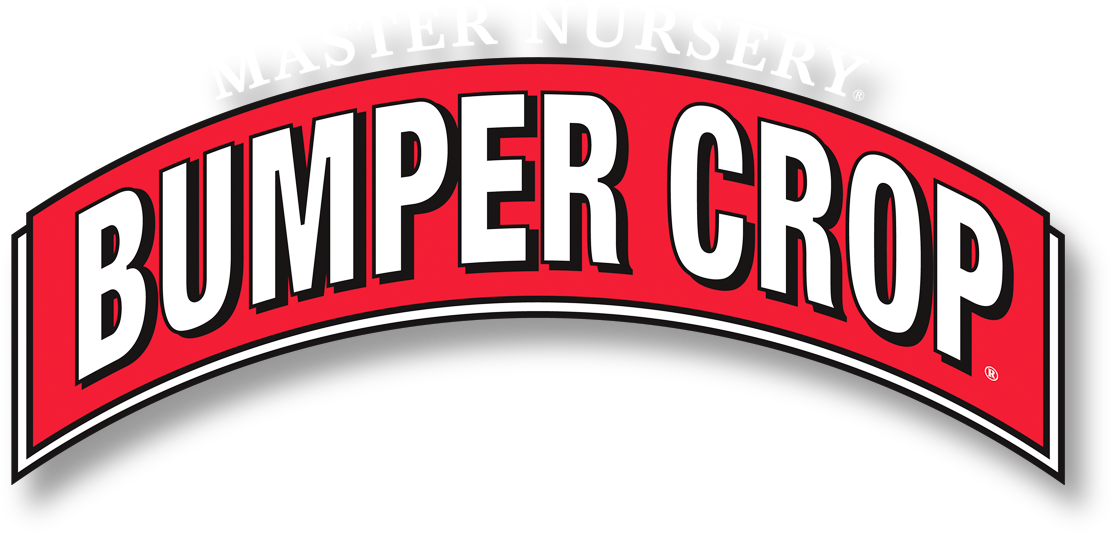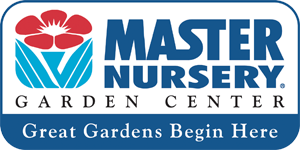5 EASY STEPS TO CREATING AN IN-GROUND VEGETABLE GARDEN
Growing your own vegetables is not only an enjoyable pastime but also contributes to a healthy lifestyle, offering fresh air, sunshine, exercise, and nourishing food to eat.
If you are new to vegetable gardening, here are our 5 steps to get you started.
Step One
Select a site for your garden. This area should be located in full sun, should be relatively flat, well-draining, and convenient to a water source.
Step Two
Determine what size your garden will be. This will depend on how many people are eating from your plot and how much available time you have to care for your garden. If this is your first veggie garden, it is best to start small so that you are not overwhelmed. You can always increase the size next year.
Step Three
Prepare the bed. Strip off the sod and heavily amend the soil with Master Nursery® Bumper Crop® Soil Builder [Eastern & Midwestern Regions | Western Region]. This will guarantee that your veggies get off to the best start possible. The soil builder may be either tilled or turned into the soil. Sprinkle Master Nursery® Bumper Crop® Tomato and Vegetable Food into the amended soil and rake it in. Level the soil and you are ready for planting.
Step Four
Select the vegetables that you would like to grow, and grow what you like to eat. It is, however, a good idea to keep it simple in the beginning. Here are some easy spring crops that can be direct seeded right into the garden after the last frost. Always read your seed packet, as it will provide you with the particulars of each vegetable that you grow.
- Beets
- Carrots
- Lettuce
- Peas
- Radishes
- Scallions
- Spinach
As the soil and air temperatures rise, these cool season crops will peter out. At that time, you may remove them, add an inch or two of Master Nursery® Bumper Crop® Soil Builder [Eastern & Midwestern Regions | Western Region] and fertilize again with Master Nursery® Bumper Crop® Tomato and Vegetable Food before planting your warm season veggies.
- Beans
- Cucumbers
- Peppers
- Squash
- Tomatoes
- Zucchini
Beans, cucumbers, squash, and zucchini may all be direct seeded into the garden. Tomatoes and peppers, on the other hand, should be planted in the garden as young plants.
All veggie plants, seeds, supports, soil amenders, fertilizer, and tools may be found at your helpful and well stocked Master Nursery® Garden Center.
Be certain to familiarize yourself with the plants that you are growing. Some are vining plants that may do best when trellised, like peas and beans. Others, like tomatoes and peppers, require support with either a cage or stakes and twine. Some plants, like zucchini and squash, are best planted into a slight mound of soil and left on their own to sprawl. Plants like beets, carrots, lettuce, radishes, scallions, and spinach require no support at all.
Step Five
Nurture your veggie plants to fruition. Ensure that they receive adequate water. Fertilize monthly during the growing season. Add a layer of mulch to keep soil moist and keep weeds at bay. Check plants frequently for insect and disease damage, and consult your Master Nursery® Garden Center if you detect a problem. The staff will gladly assist you with a solution. Harvest your vegetables when ripe and, most importantly, enjoy!
Need more gardening inspiration? Click here.





